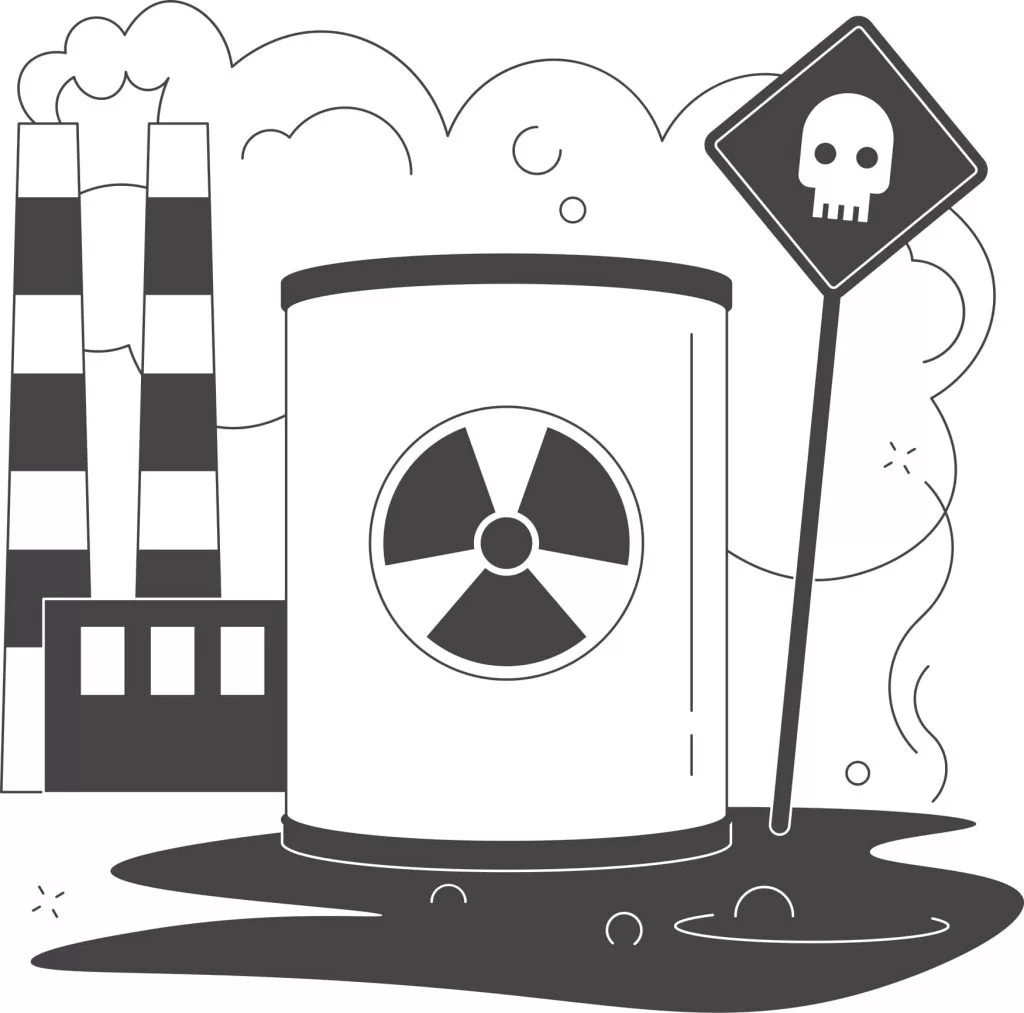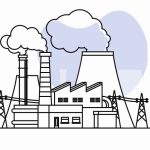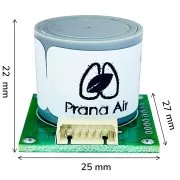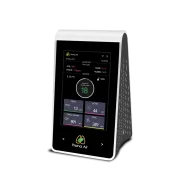
What is Sulfur Dioxide SO2?
Sulfur Dioxide is a gaseous form of air pollution, made from two components- sulfur and oxygen. This forms when sulfur-rich fuels burn such as oil, diesel, or coal. Sulfur dioxide already exists in the air composition but due to its various natural and man-made sources, the SO2 concentration can rise, resulting in severe effects on humans, plants, and the entire ecosystem.




























